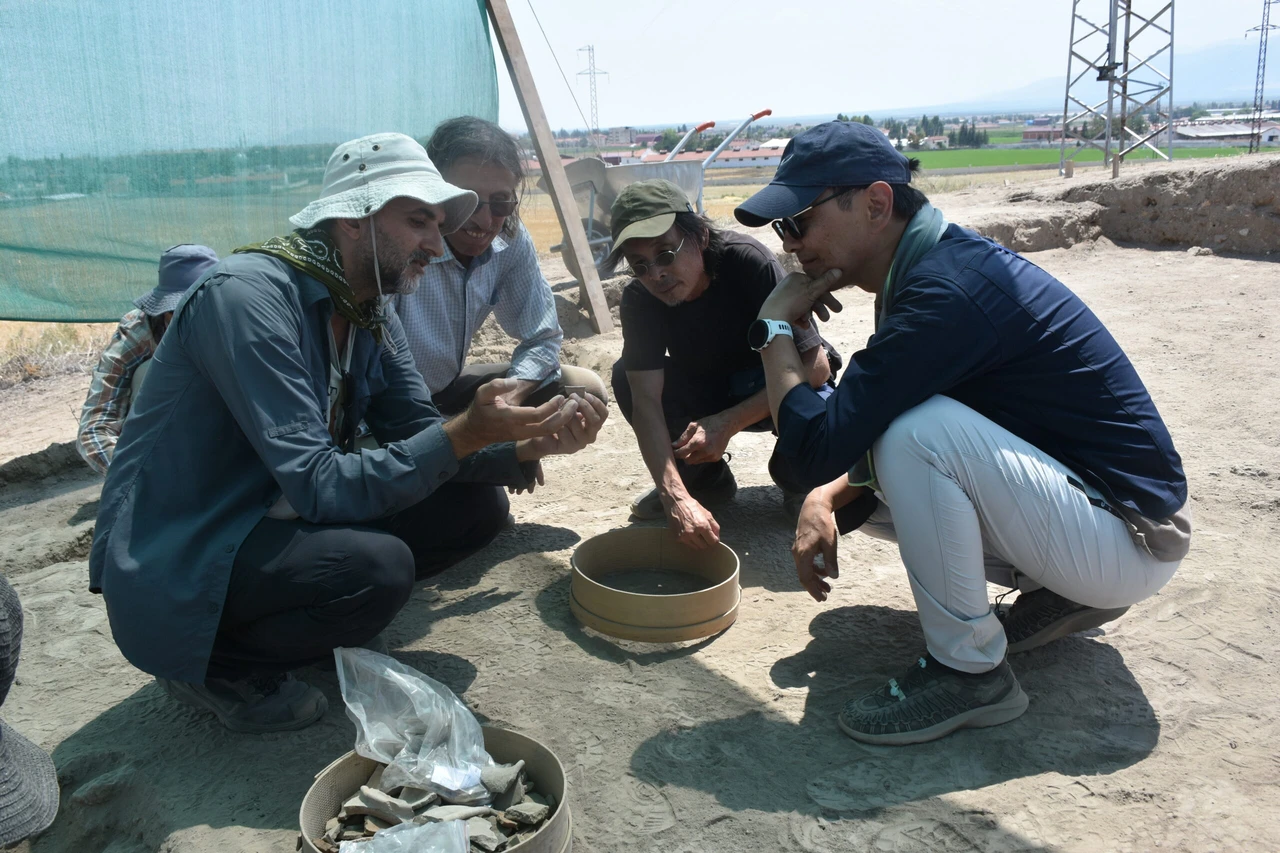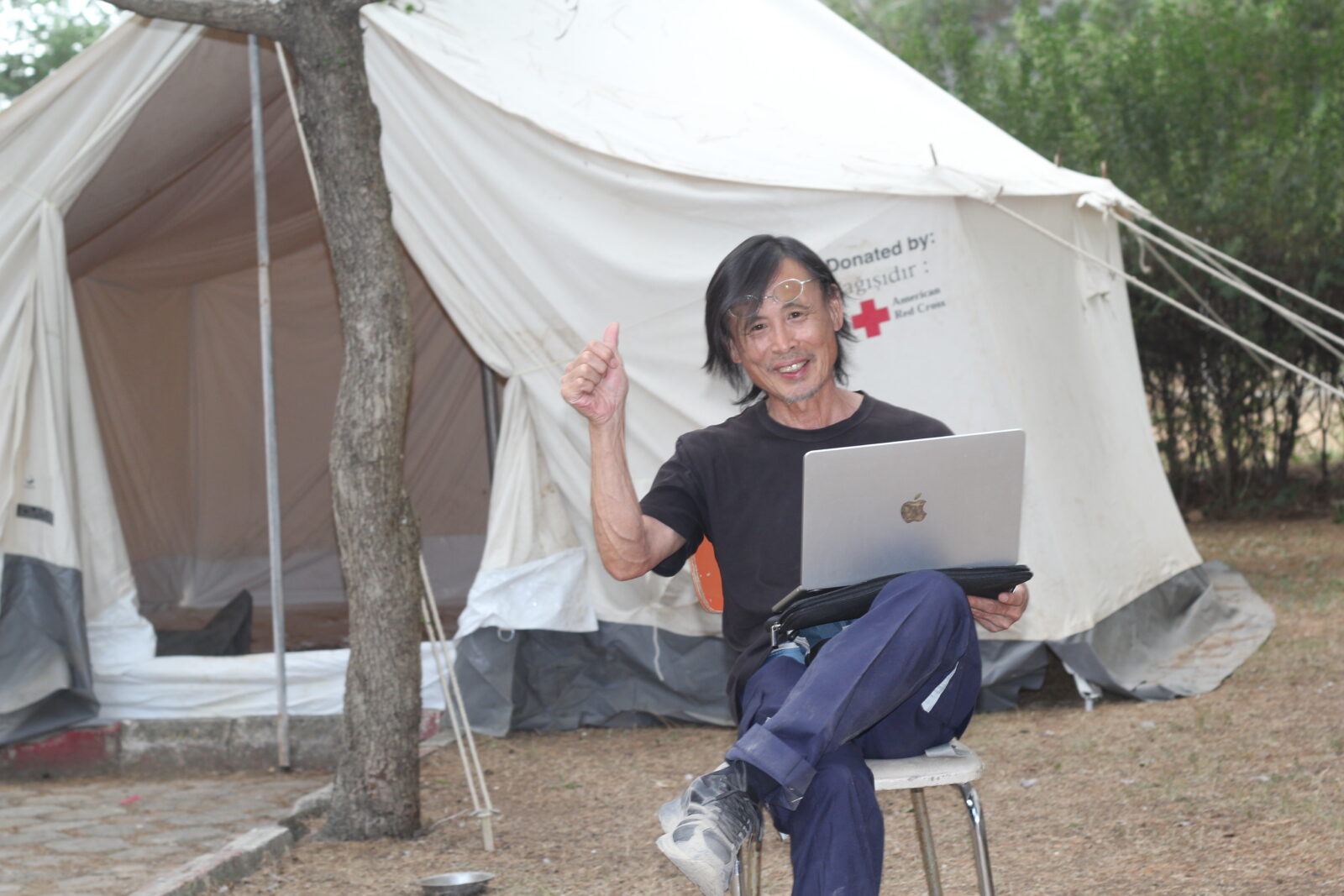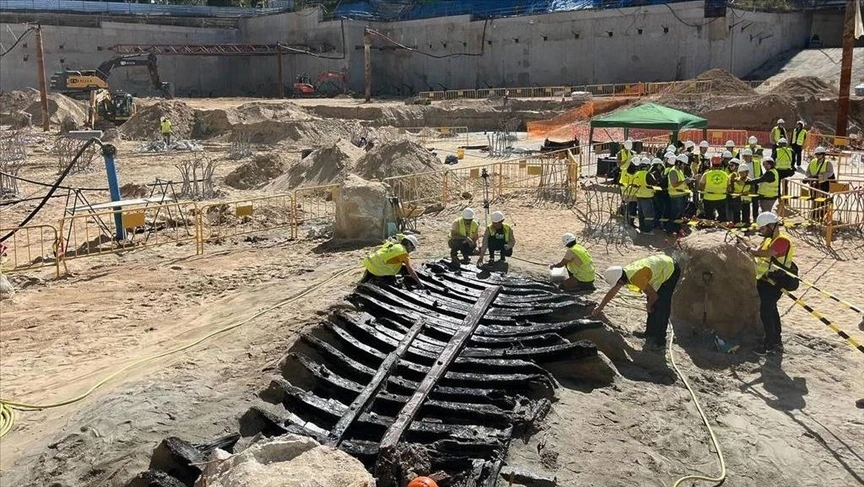Japanese archaeologists dig for lost city of ‘Purushandha’ in Türkiye
 Japanese scientists participating in Uchoyuk excavation in Afyonkarahisar's Bolvadin district with hope of finding lost city of "Purushhanda" are working meticulously with Turkish academics to uncover unknowns of region, Türkiye, August 8, 2024 (AA Photo)
Japanese scientists participating in Uchoyuk excavation in Afyonkarahisar's Bolvadin district with hope of finding lost city of "Purushhanda" are working meticulously with Turkish academics to uncover unknowns of region, Türkiye, August 8, 2024 (AA Photo)
In Afyonkarahisar’s Bolvadin district, Japanese and Turkish scholars are meticulously working to uncover the lost city of “Purushandha” at the Uchoyuk excavation site.
The excavation, which includes 48 academics from Turkish universities and archaeologists Satoshi Urano, Yukinori Fukatsu and Naoto Koiwa from Rikkyo and Hirosaki universities in Japan, aims to shed light on the region’s unknown aspects.

Importance and developments of Uchoyuk excavation
Authorized by the Ministry of Culture and Tourism and coordinated by the Afyonkarahisar Museum Directorate, the Uchoyuk rescue excavation began in 2020 under the scientific consultancy of professor Ozdemir Kocak from Selcuk University’s Department of History.
This year, the excavation was upgraded to regular status by presidential decree, continuing with support from the Bolvadin District Governorate and municipality.
Kocak stated that the excavation site, spanning approximately 50 hectares where the Eber Lake and Akarcay River meet, was one of the largest settlements in Anatolia and the Eastern Mediterranean during the Bronze Age.
The team is investigating whether this settlement is the same as Purushandha, mentioned in written records from around 2350 B.C. related to the Akkadian Kingdom.
Kocak explained, “Records describe Akkadian King Sargon launching a surprise attack on Purushandha, capturing the city, and having his and the city’s king’s images painted on the city walls. The seal impressions from around 2300 BCE we’ve uncovered suggest that this site might be Purushandha.”

International collaboration and future plans
The contribution of Japanese scholars is crucial to the excavation.
Professor Satoshi Urano remarked, “Uchoyuk is one of the most important sites in the Akarçay Basin. We are trying to secure funding from the Japanese government for our work here. If successful, we will be able to bring students and work together, which will make us all very happy. We are also preparing a preliminary report for an academic paper this year.”
Kocak emphasized the long-term nature of the collaboration with Japanese archaeologists.
“Our work with Japanese scholars will not be limited to this year; it will continue in the future. The joint assessments and discussions will provide more comprehensive analyses of the archaeological data,” he said.

Cultural and scientific contributions
Mevlut Uyumez, branch manager at the Provincial Directorate of Culture and Tourism, highlighted that the excavation at Uchoyuk represents a significant example of scientific cooperation between Türkiye and Japan, contributing valuable insights to world and Anatolian archaeology.
The results of these excavation efforts are expected to provide deeper insights into Purushandha’s historical role and the ancient periods of the region, expanding the scope of archaeological research.



